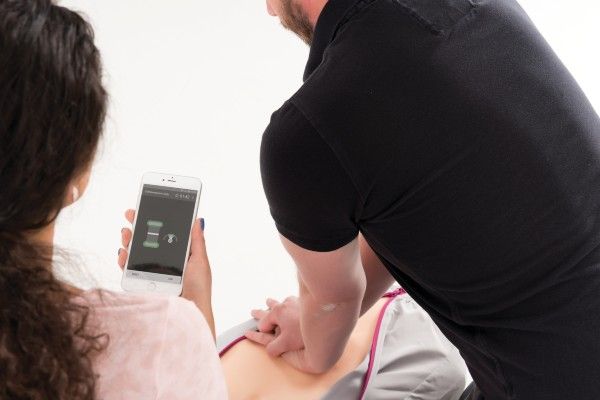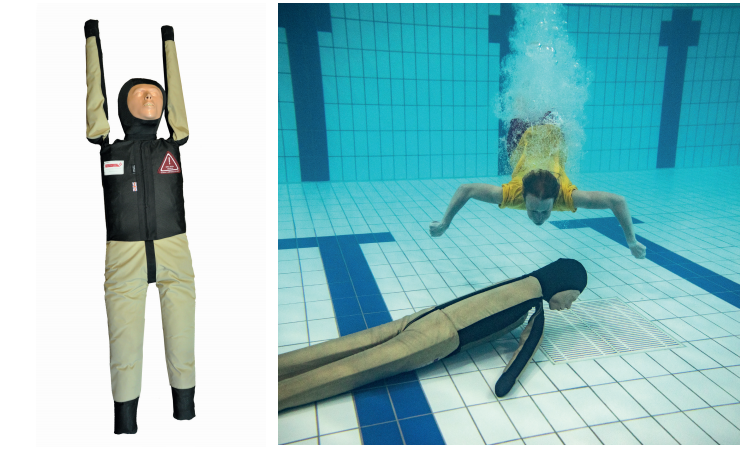Curriculum
The curriculum is divided into four series of five programs; emphasizing pathophysiology and bedside skills, common management problems and congential and acquired diseases to provide a comprehensive curriculum in cardiology.
FIRST SERIES
Emphasizes pathophysiology and bedside skills and includes:
- The Normal Patient
- Aortic Stenosis
- Aortic Regurgitation
- Mitral Stenosis
- Mitral Regurgitation
SECOND SERIES
Emphasizes common management problems and includes:
- Angina Pectoris
- Acute Inferior Infarction
- Acute Anterior Infarction
- Cardiomyopathy
- Hypertension
THIRD SERIES
Adds additional congenital and acquired diseases and includes:
- Atrial Septal Defect
- Acute Pericarditis
- Primary Pulmonary Hypertension
- Acute Mitral Regurgitation
- Hypertrophic Obstructive Cardiomyopathy
FOURTH SERIES
Emphasizes pediatric diseases and includes:
- Innocent Murmur
- Mitral Valve Prolapse
- Ventricular Septal Defect
- Coarctation of the Aorta
- Tetralogy of Fallot
Content
Each program includes the entire patient encounter. The student is guided by an instructor who provides explanations, feedback and remediation.
- BEDSIDE FINDINGS
Presented by an instructor on "Harvey," the Cardiopulmonary Patient Simulator
- General appearance
- Blood pressure
- Arterial and venous pulses
- Precordial movements
- Cardiac and pulmonary auscultation
- LABORATORY DATA
- CBCand blood chemistries
- Electrocardiograms
- X-rays
- Real-time echo Dopplers
- Other imaging techniques and angiograms
- TREATMENT
- This component features videos of interventional therapy and surgery
- DISCUSSIONS
- Key teaching points and remediation
- Case reviews by authoritative cardiologists







